Disclosure: This article contains affiliate links. We may earn a commission from purchases at no extra cost to you, which helps our travel content.
The financial spreadsheets of my corporate life rarely prepared me for the balance sheet of natural wealth I'd encounter in the South Pacific. When my Sydney-based sports management firm arranged meetings with Tongan rugby officials, I extended my stay to explore what many Pacific insiders consider the region's most undervalued coastal assets. Having witnessed shorelines from Mumbai to Montego Bay, I approached Tonga with the analytical eye of a CFO and the soul of someone increasingly drawn to places where tradition hasn't yet capitulated to tourism. What I discovered near Nuku'alofa was nothing short of remarkable—beaches that remain largely unaltered by the commercial development that has transformed so many of the world's coastal regions. For couples seeking both connection and seclusion, these five pristine stretches of sand offer returns that no investment portfolio could possibly match.
Ha'atafu Beach: Where Tradition Meets Tide
My journey to Ha'atafu began with numbers—21 kilometers northwest of Nuku'alofa—but ended with immeasurable wonder. Situated on Tongatapu's western tip, this beach presents a masterclass in natural equilibrium: powdery white sand balanced against volcanic black rock formations, with crystal waters completing the equation.
What distinguishes Ha'atafu isn't merely its physical beauty but its cultural significance. Local elders explained how this shoreline features in traditional Tongan folklore as a gathering place where ancient chiefs would convene before important voyages. Today, you'll still find local artisans crafting traditional ngatu (tapa cloth) under the shade of coconut palms, their patterns reflecting both ancestral designs and modern interpretations.
For those seeking both relaxation and activity, Ha'atafu delivers a perfect partnership. The protective reef creates a natural swimming pool at low tide while generating consistent surf breaks further out. I spent three consecutive mornings here, each day beginning with a swim followed by conversation with local fishermen preparing their outriggers—their techniques unchanged for generations despite the modern fishing equipment available elsewhere.
The adjacent Ha'atafu Beach Resort offers modest but comfortable accommodations without overwhelming the natural setting. Their open-air fale restaurant serves the freshest catch I've encountered since my visits to coastal Maharashtra, prepared with a distinctly Polynesian approach that honors both ingredient and tradition.
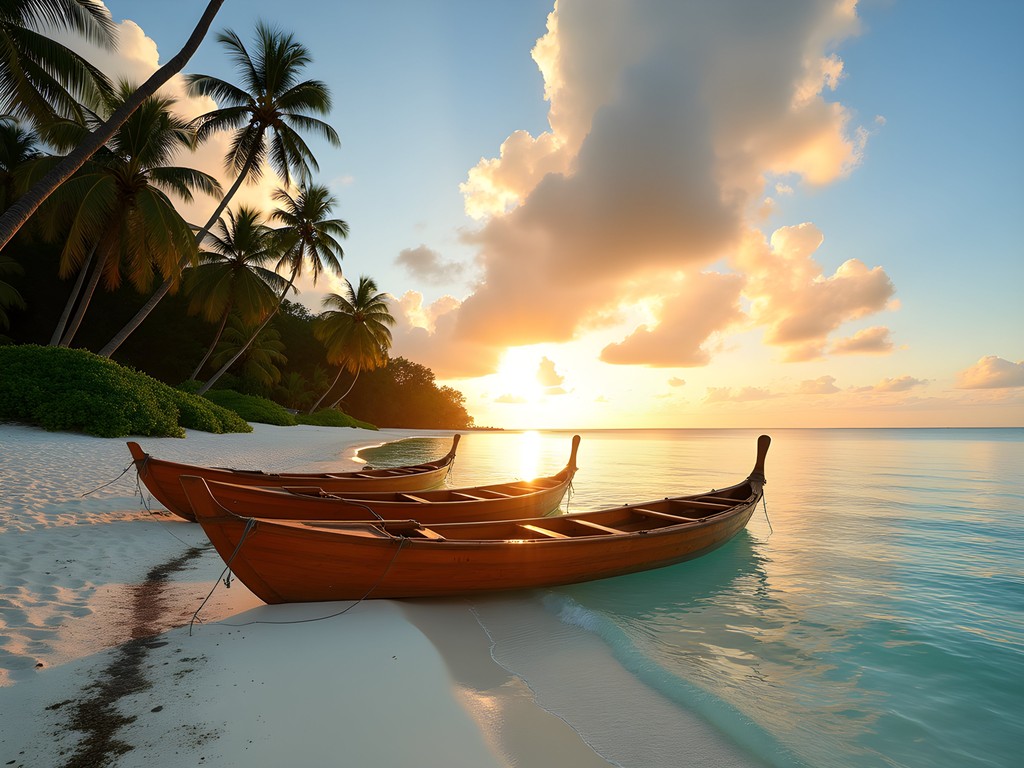
💡 Pro Tips
- Visit during weekday mornings to have significant stretches of beach to yourself
- Bring reef shoes as some areas have sharp coral fragments
- Ask permission before photographing locals working on traditional crafts
Pangaimotu Island: The Day-Trip Dividend
Just a 10-minute boat ride from Nuku'alofa lies what I consider the most efficient beach investment in all of Tonga—Pangaimotu Island. This small coral island delivers exceptional returns with minimal time expenditure, making it ideal for couples with limited schedules.
The island's primary beach faces west toward the capital, offering a unique perspective where civilization seems both tantalizingly close yet wonderfully distant. What immediately struck me was the water clarity—having snorkeled extensively across the Caribbean and Indian Ocean, I can confidently state that Pangaimotu's visibility rivals the best I've encountered.
The island's centerpiece is the shipwreck of the Clan McWilliam, a trading vessel whose rusted skeleton now serves as both artificial reef and snorkeling destination. Swimming through schools of tropical fish around this maritime artifact creates a powerful juxtaposition of human history and natural resilience.
Pangaimotu's Big Mama's Yacht Club (more charming beach shack than yacht club) provides the island's sole accommodation and dining option. The establishment embodies the Tongan approach to hospitality—unfussy yet genuinely warm. Their seafood platters, best enjoyed with a insulated water bottle filled with coconut water, create the perfect midday refreshment.
I spent two days here, alternating between snorkeling sessions and reading under thatched umbrellas. The relatively consistent ferry schedule makes this an easy addition to any Nuku'alofa itinerary, though I'd recommend against visiting when cruise ships dock—the beach's intimate atmosphere dissipates with larger crowds.

💡 Pro Tips
- Book the first morning boat to maximize beach time before day-trippers arrive
- Bring your own snorkeling gear for better quality and fit than rentals
- Pack a dry bag for electronics as the boat transfer can get splashy
Keleti Beach: The Cultural Cricket Connection
My professional involvement with sports management has cultivated an appreciation for how games connect to cultural identity. At Keleti Beach on Tongatapu's eastern shore, I discovered a fascinating parallel between cricket—my adopted passion since moving to Australia—and Tongan beach life.
Keleti remains largely overlooked by standard tourism circuits, making it a compelling option for couples seeking authentic experiences. The beach itself stretches for nearly two kilometers, with dramatic limestone cliffs creating natural windbreaks and shade throughout the day. Unlike the more manicured western beaches, Keleti retains a rugged character that speaks to Tonga's volcanic origins.
What captivated me most was the impromptu cricket matches played by local children using driftwood bats and coconut husks as balls. Their version incorporates traditional Tongan movement patterns that reminded me of the distinctive bowling styles I've documented across the cricket-playing nations. I joined their game one afternoon, my business attire replaced by borrowed shorts and a profound appreciation for how sport adapts to environment.
The adjacent village offers no commercial facilities, so this beach experience requires preparation. I recommend packing a portable beach shelter for shade and privacy, along with sufficient water and snacks. The extra effort delivers substantial rewards: uninterrupted horizons, fascinating geological formations, and genuine cultural exchange.
The local families I encountered shared stories of how this coastline figures prominently in their oral histories—tales of ancient navigation, legendary storms, and the spiritual significance of certain rock formations. One elder explained how they can forecast weather patterns by observing subtle changes in the beach's appearance, a skill that combines empirical observation with generational knowledge.
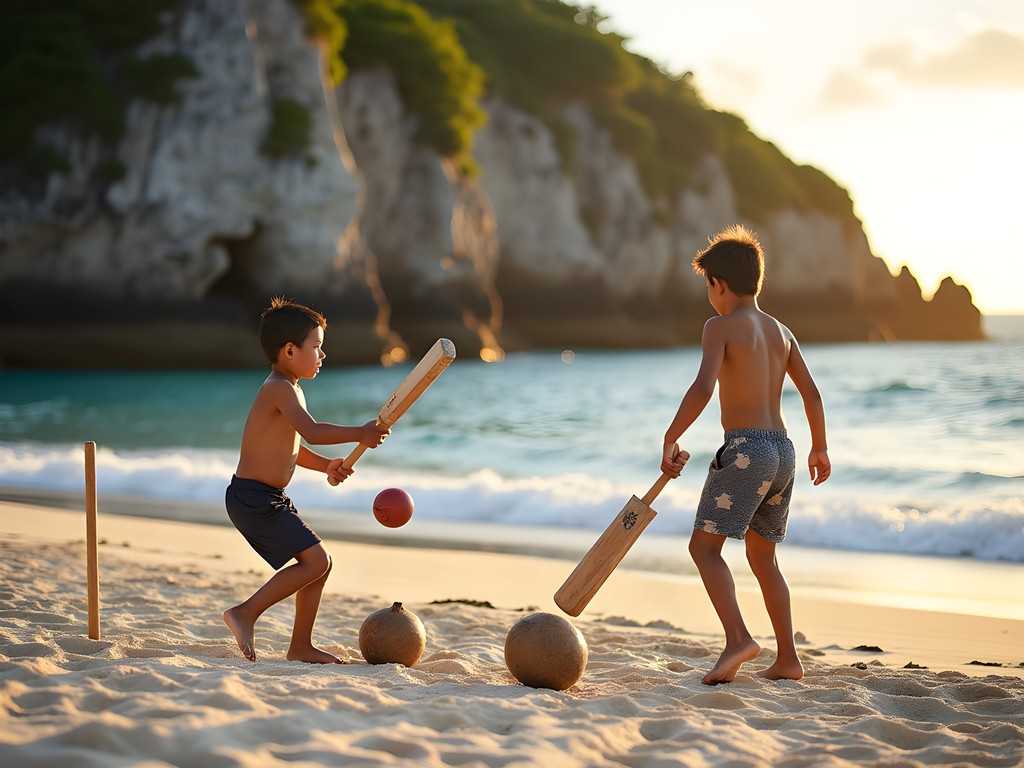
💡 Pro Tips
- Bring all supplies as there are no vendors or facilities
- Learn a few basic Tongan greetings to connect with locals
- Time your visit with low tide to explore the fascinating tidal pools
Fafa Island: The Textile Trader's Paradise
My fascination with traditional textiles and their influence on contemporary fashion found an unexpected canvas on Fafa Island, approximately 7km north of Nuku'alofa. This small private island hosts a single resort that masterfully balances luxury with cultural authenticity—a rare equilibrium in today's hospitality landscape.
The island's circumference can be walked in under an hour, with each section of coastline offering distinct character. The northern beaches feature dramatic coral formations, while the southern shores provide the powdery white sand that defines South Pacific postcards. What elevates Fafa beyond mere tropical beauty is its commitment to showcasing Tongan craftsmanship.
The resort's architecture incorporates traditional building techniques, with accommodations featuring hand-woven panels and locally crafted furniture. Even more impressive is their textile program, where guests can observe and participate in creating ngatu (tapa cloth) and fala (woven mats). Having documented textile traditions across multiple continents, I found Tonga's approaches particularly sophisticated in their geometric precision.
For beach enthusiasts, Fafa offers the ideal progression: mornings spent snorkeling the vibrant reef systems, afternoons relaxing on secluded shores, and evenings enjoying traditional Tongan feasts on the beach. The resort's underwater camera rental program allows guests to document marine encounters without investing in equipment they might rarely use elsewhere.
What struck me most was how the island's limited size created an intimacy with the environment. By my second day, I recognized individual fish during snorkeling sessions and had mapped mental pathways through the interior palm forest. For couples, this contained paradise offers both adventure and seclusion in perfect measure—a financial analyst might call it optimized resource allocation, but I simply call it balance.
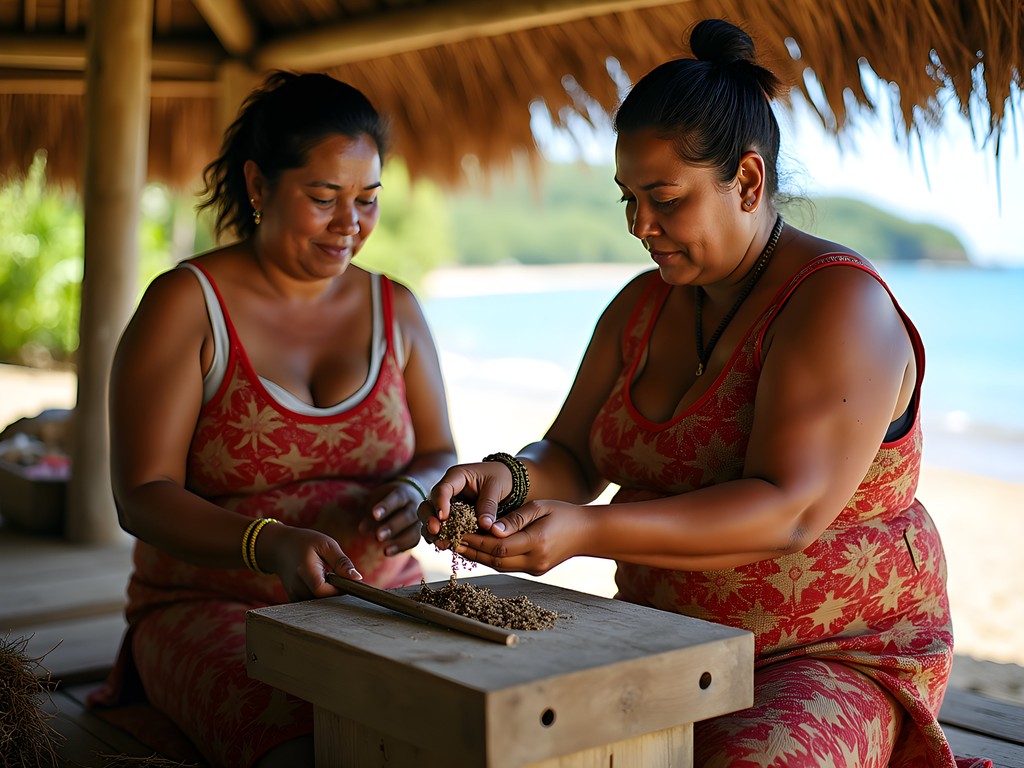
💡 Pro Tips
- Book at least one night on the island rather than visiting as a day trip
- Participate in the complimentary morning snorkeling tours led by knowledgeable local guides
- Request a beachfront fale on the eastern side for the best sunrise views
'Atata Island: The Sustainable Investment
My professional background in finance has increasingly focused on sustainable investment strategies—an approach I've carried into my travel philosophy. 'Atata Island, located 30 minutes by boat from Nuku'alofa, represents what I consider the most promising sustainable beach destination in Tonga's developing tourism portfolio.
The island's main beach stretches along its eastern shore, a stunning expanse of white sand framed by coconut palms and native flowering shrubs. What distinguishes 'Atata isn't just its physical beauty but its community-led conservation initiatives. The local village has established a marine protected area that's showing remarkable results—during my snorkeling explorations, I encountered coral regeneration and fish populations that suggest effective management practices.
Accommodation options remain deliberately limited to small-scale operations, with Royal Sunset Island Resort offering the most developed facilities without overwhelming the natural environment. Their traditional-style fales incorporate solar power and water conservation systems that align modern sustainability practices with Tongan building traditions.
For couples seeking meaningful connection with both environment and culture, 'Atata delivers exceptional value. The island's limited size (approximately 1.7 square kilometers) creates an intimate experience where visitors quickly transition from outsiders to recognized guests. By my second day, villagers greeted me by name, and children proudly showed me their favorite swimming spots and fishing techniques.
I recommend planning your visit around the monthly handicraft market, where local artisans showcase contemporary interpretations of traditional designs. My travel daypack returned to Sydney filled with intricately woven items that now serve as both mementos and conversation pieces in my home.
The island's western beaches offer spectacular sunset views of Tongatapu in the distance—a reminder that civilization remains close while feeling worlds away. For those seeking both escape and engagement, 'Atata represents the perfect balance sheet of natural assets and cultural dividends.

💡 Pro Tips
- Respect the marine protected area boundaries when snorkeling
- Participate in the weekly beach cleanup organized by the village
- Bring cash as card facilities are limited and unreliable
Final Thoughts
As I boarded my flight back to Sydney, sand still embedded in my cricket-watching notebook, I found myself recalculating the true value of these Tongan coastal treasures. In financial terms, these beaches represent appreciating assets in a world of diminishing natural returns. For couples seeking connection—with each other, with authentic cultures, with environments still shaped more by tides than tourism—these five beaches near Nuku'alofa offer something increasingly rare: genuine discovery. Whether you're drawn to the cultural richness of Ha'atafu, the accessible escape of Pangaimotu, the local engagement of Keleti, the textile traditions of Fafa, or the sustainable approach of 'Atata, Tonga's shores provide the perfect wicket for your next Pacific innings. The question isn't whether you should visit, but rather which of these pristine beaches will speak most powerfully to your particular search for paradise.
✨ Key Takeaways
- Tonga's beaches remain among the least commercialized in the South Pacific, offering authentic experiences increasingly rare in popular island destinations
- Each beach near Nuku'alofa has a distinct character, from cultural significance to conservation focus
- Engaging with local communities enhances the beach experience through cultural exchange and deeper understanding
📋 Practical Information
Best Time to Visit
May through October (Tongan winter/dry season)
Budget Estimate
$150-250 USD per day for couples (mid-range)
Recommended Duration
10-14 days to experience multiple beaches
Difficulty Level
Intermediate - Some Beaches Require Boat Transfers And Basic Planning
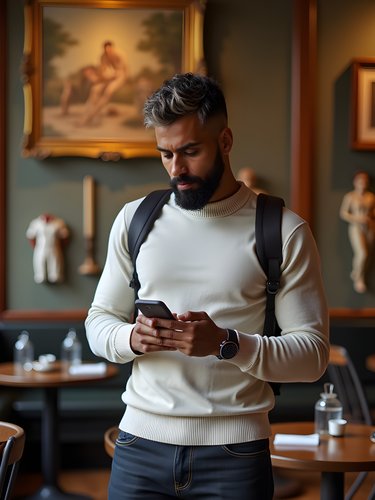
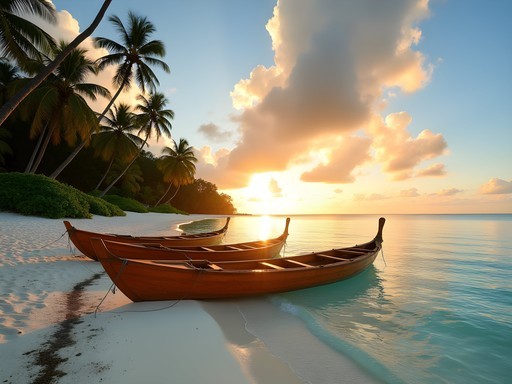
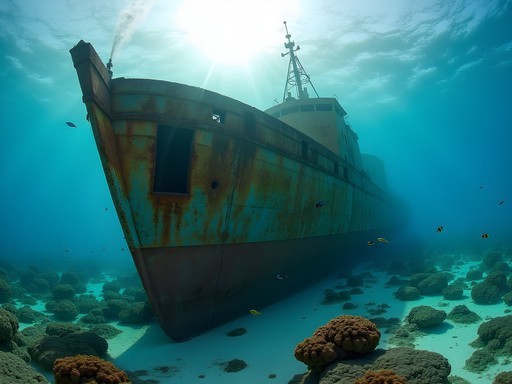
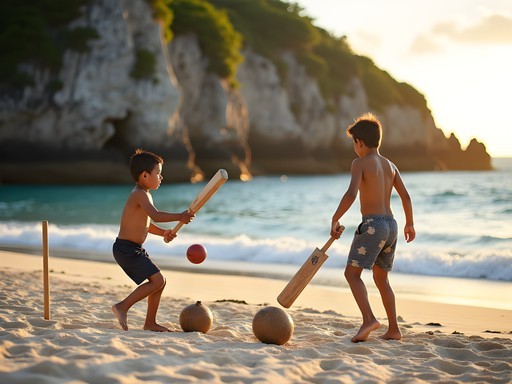
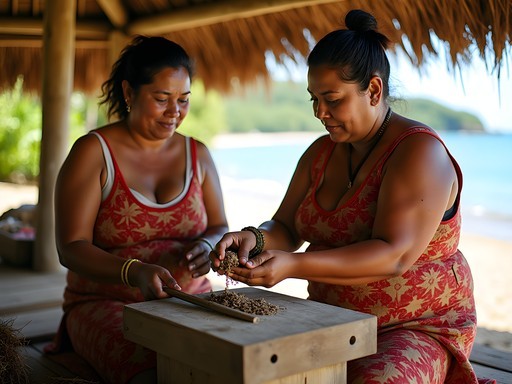



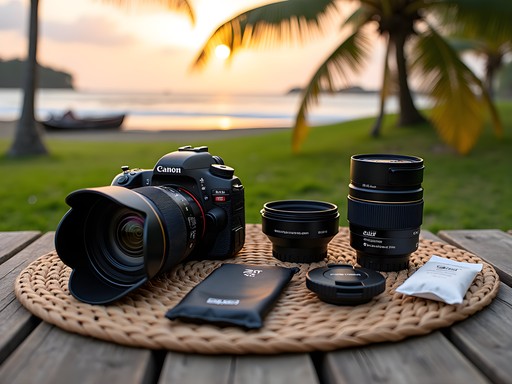
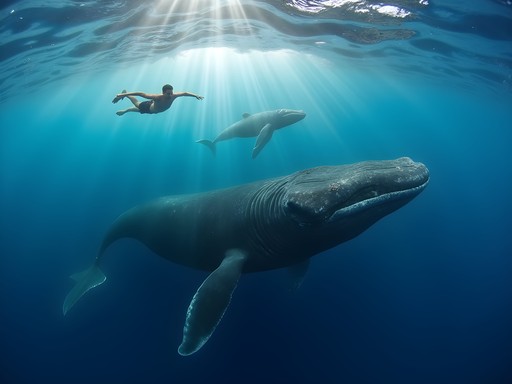






Comments
freepro
Those beaches look unreal! Anyone know if December is a good time to visit?
smartwalker
December is start of rainy season but still good. Just be aware it's also hurricane season, though direct hits are rare. Water is perfect temperature though!
Hannah Woods
Fascinating perspective on Tonga's beaches through a business lens, Alan. Having backpacked through 70+ countries, I find Tonga represents an interesting case study in tourism development. These beaches remain pristine precisely because they haven't been overrun by mass tourism. The local economy benefits from small-scale, sustainable visitor numbers. During my stay, I noticed the careful balance maintained between accessibility and preservation. I'd particularly emphasize the importance of respecting Sunday observances throughout Tonga - most businesses close and beaches near villages may be off-limits for swimming/recreation. This cultural practice has inadvertently helped protect these coastal treasures. For anyone visiting, consider timing your beach days around these local customs.
freepro
Thanks for the Sunday tip! Would have totally messed that up without knowing.
journeyqueen
OMG Alan!! Your post brought back so many memories!! 😍 That sunset at Ha'atafu Beach literally changed my life last year. I sat there watching the colors change and decided to quit my job and travel full time. Now I'm on month 8 of my journey! THANK YOU for capturing the magic of these places so perfectly!!! ❤️🏝️✨
coolmood
Was the snorkeling good at these beaches? Planning a trip with my kids who are obsessed with finding Nemo!
smartwalker
Fafa Island had amazing snorkeling! Tons of colorful fish and even saw a sea turtle. Your kids will love it!
Jean Wells
Alan, your corporate analogy resonates with me. After 30 years in finance, I too found Tonga's beaches to be the ultimate 'investment return.' I'd add that Keleti Beach's cricket connection goes even deeper than you mentioned. During my visit, I was invited to join a casual match with locals - despite my complete lack of cricket knowledge! The way sport connects cultures is truly remarkable. I'd recommend visitors bring a quick-dry towel as you'll likely be hopping between beaches and swimming spots throughout the day. Fafa Island's coral restoration project is also worth highlighting - they're doing important conservation work while maintaining that pristine beach experience.
beachmate
How do you get to Pangaimotu Island? Is there a regular ferry service or do you need to book a private boat?
Jean Wells
There's a small ferry that runs from Queen Salote Wharf in Nuku'alofa. It's about a 10-minute ride and quite affordable. The schedule can change seasonally, but typically it runs several times daily. I'd recommend getting there early to secure your spot - it can get busy with day-trippers!
beachmate
Thanks Jean! That's super helpful. Do they take credit cards or is it cash only?
Jean Wells
Definitely bring cash! Many places in Tonga, especially transportation services, are cash-only operations.
coolone
Those beaches look amazing! Adding to my bucket list right now.
journeyqueen
Do it! Went last year and it was absolutely worth every penny!
smartwalker
Just got back from Ha'atafu last month - those waves are no joke! Perfect for my morning surf sessions.
Gregory Boyd
As a fellow Sydney-sider who's made the Tonga journey multiple times, I'd say you've captured the essence perfectly, Alan. Fafa Island deserves all the praise - it's remained remarkably pristine despite growing tourism. For those planning a visit, I'd recommend splitting your time between the main island and at least one outer island stay. The contrast between Nuku'alofa's bustle and the outer island tranquility gives you the full Tongan experience. Also worth noting that Keleti Beach's cricket matches usually happen on Saturday afternoons - plan accordingly if you want to witness this cultural phenomenon! The locals are incredibly welcoming if you show interest. One tip: ferry schedules to Pangaimotu can change with weather, so build flexibility into your itinerary.
freeclimber
Thanks for the cricket tip! Is it appropriate for visitors to join in or just watch?
Gregory Boyd
Absolutely fine to join if invited! Bring along some cricket gear if you have it - it's a great icebreaker. They're usually very welcoming, especially if you're humble about your skills!
roamtime
OMG those white sand beaches!!! 😍 Your photos are incredible! Did you need any special camera equipment to get those crystal clear water shots?
Alan Knight
Thanks! Honestly, just used my phone (Google Pixel) with a polarizing lens attachment. The water is genuinely that clear - no filter needed!
Venture X
Premium card with 2X miles, $300 travel credit, Priority Pass